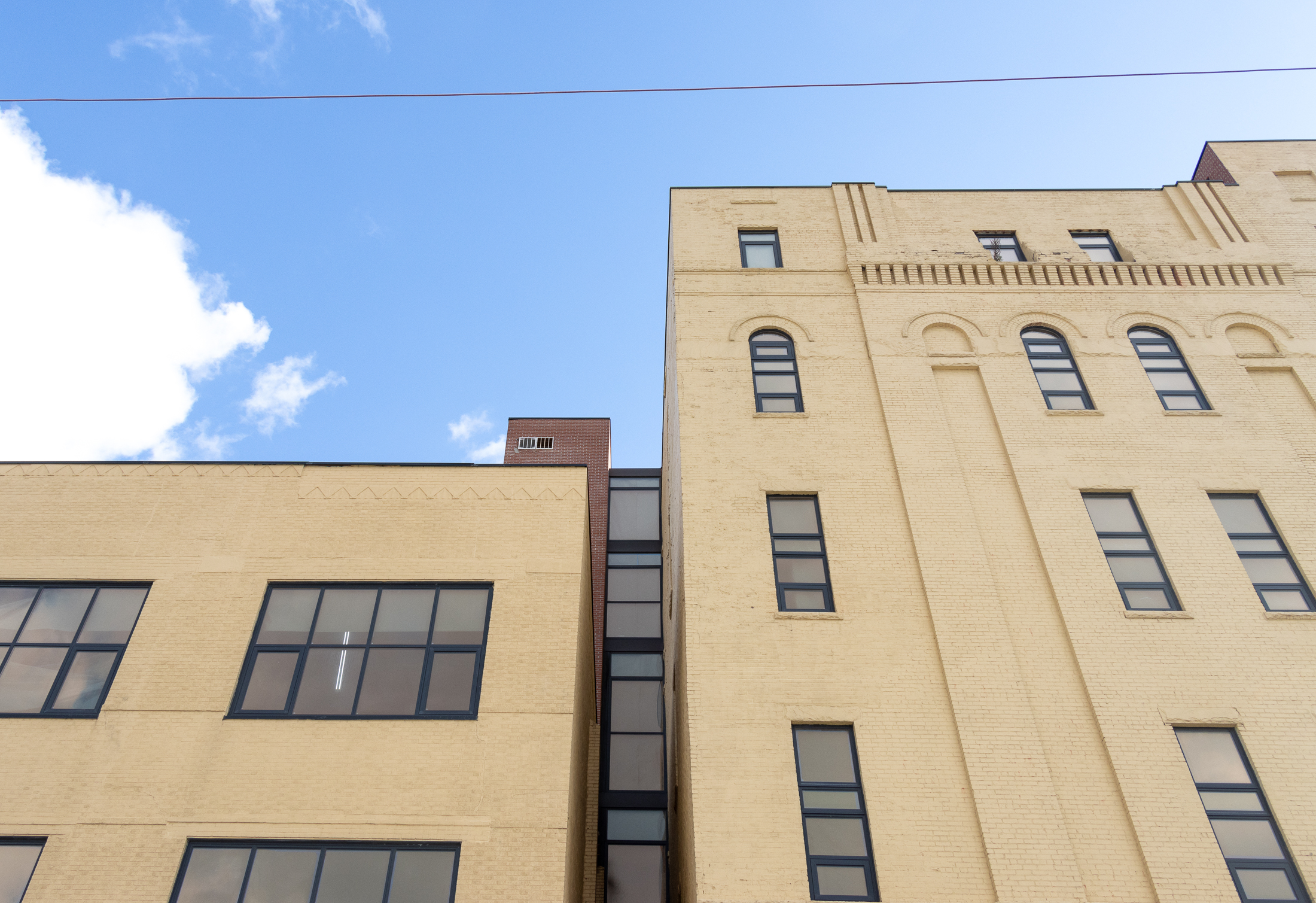Libraries Improve Online Research of Historic Buildings in Brooklyn
Two important online research resources for historic buildings in Brooklyn have drastically changed in the last few weeks. The Brooklyn Public Library has digitized the complete morgue of the the Brooklyn Eagle, adding 1903 to 1955, when the paper stopped publishing. Previously they had digitized the archive from 1841 to 1902, but never got around to finishing…


Two important online research resources for historic buildings in Brooklyn have drastically changed in the last few weeks. The Brooklyn Public Library has digitized the complete morgue of the the Brooklyn Eagle, adding 1903 to 1955, when the paper stopped publishing. Previously they had digitized the archive from 1841 to 1902, but never got around to finishing the digitization. It was always frustrating, and forced a search from other sources.
The library has partnered with Newspapers.com to provide researchers with a new way to access the Eagle. It went up last week. I’m not up to snuff with all of the tools it offers, and it’s going to take me a while to get used to it, and I’m going to miss the quirks and foibles of the old system. But if the search function is improved, that will be worth the learning curve. Above is a screen shot of the new format.
Over at the New York Public Library, they are beta testing their new online format for their visual collections, including their maps collection. They have always been my go-to source for insurance maps of Brooklyn, which help me date buildings, and find out their original uses. I love maps, anyway, and sometimes just scroll through neighborhoods to see what’s changed, and what’s still there. The library does not have a complete set of all of the years, and all of the volumes in their digital collection, and depending on what neighborhood you are researching, it can be very incomplete and maddening. But it’s better than nothing, and very good for general research.
I have some issues with their new format, especially regarding the zoom function, but when it does work, the zoom does allow for more close ups than you could get before. I think they still have a lot of kinks to work on their site, but it’s going to be great. I’ve also included a screen shot of their new site, as well, below.
If you are doing research on your own home or neighborhood, both resources are very valuable, and needed to change to accommodate better technology. I’m glad both libraries were able to do this, and kudos to both of them. It’s another reason why we need our public libraries to have the funds to keep up with all of the new ways we can connect to our past and our history, thereby making our present richer in knowledge and appreciation.










What's Your Take? Leave a Comment